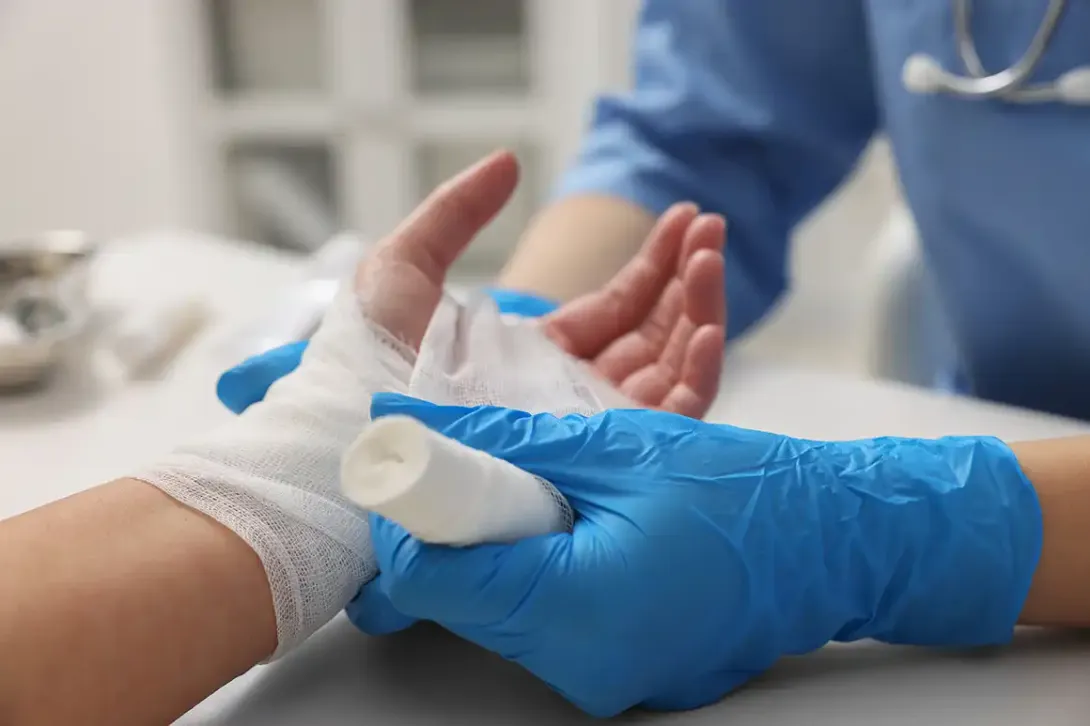
Animal bites: a quick guide to how to act correctly
Summer increases the risk of being bitten, and it is essential not to underestimate any wound, no matter how small it may seem.
With the arrival of the summer, outdoor activities, travelling and contact with nature are all elements become more frequent. All of this increases the possibilities of coming into contact with animals, both domestic and wild, therefore raising the risk of being bitten. Although often these are surface wounds, some can have serious consequences, particularly if they affect sensitive areas such as the face, hands or joints, if the animal is sick or the bite is by a wild animal, of if the wound becomes infected.
Additionally, a bite can be a means of spreading infectious diseases. In wild or countryside contexts – particularly if we travel abroad, the risk of infection rises. Amongst the most concerning diseases are rabies (endemic in several countries in Africa, Asia and Latin America), tetanus and different bacterial infections (such as Pasteurella, Capnocytophaga or Staphylococcus). In tropical regions, some rodents or bats may also be vectors for uncommon viruses, but which are potentially dangerous. It is essential, therefore, to not underestimate any bite, however small or unimportant it might seem.




